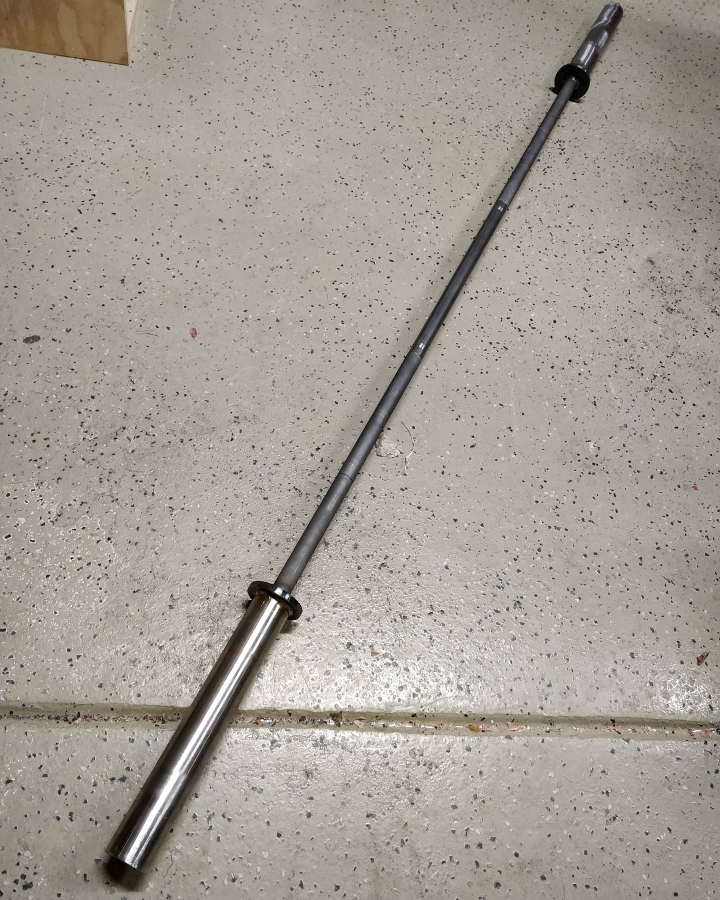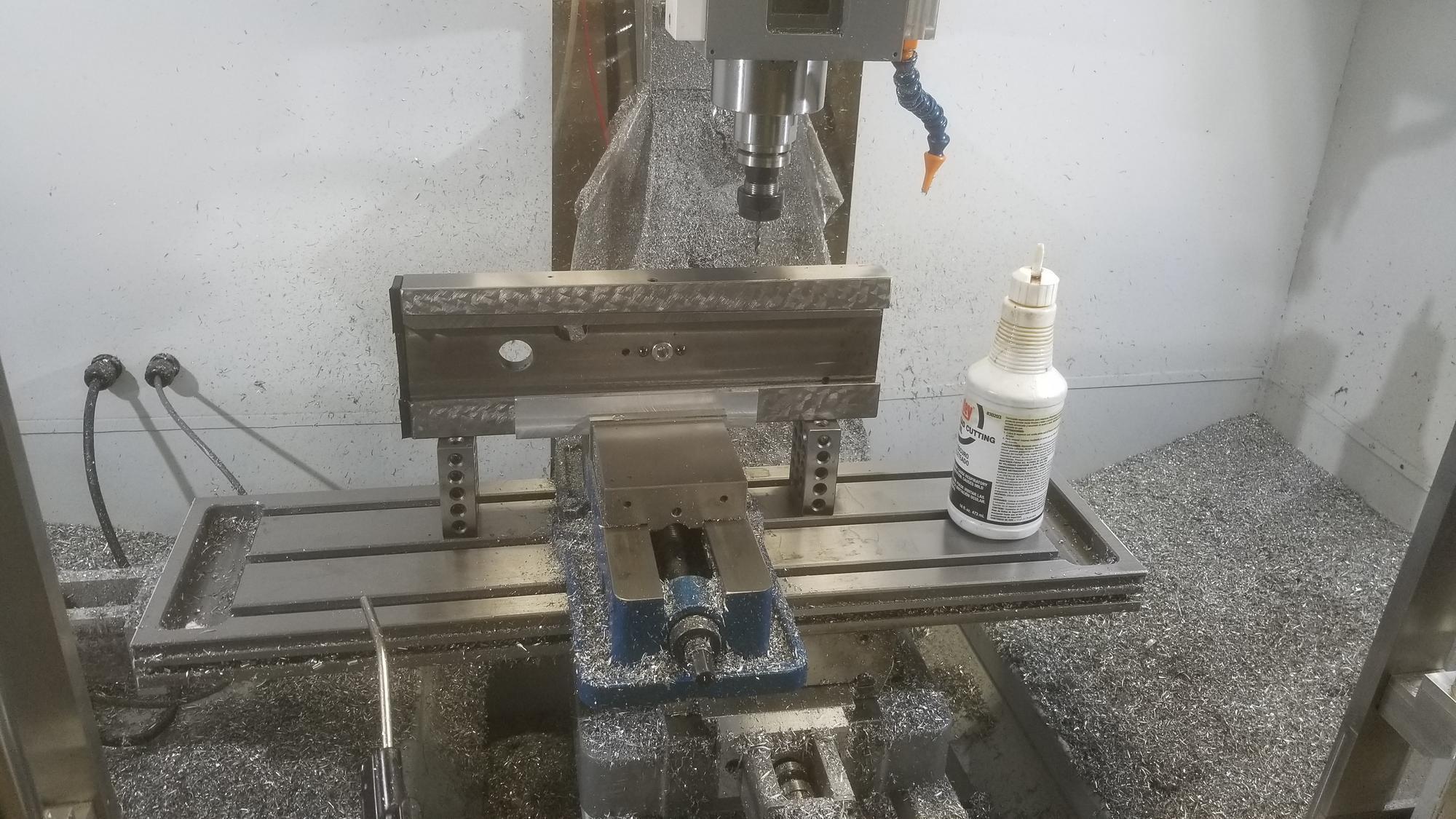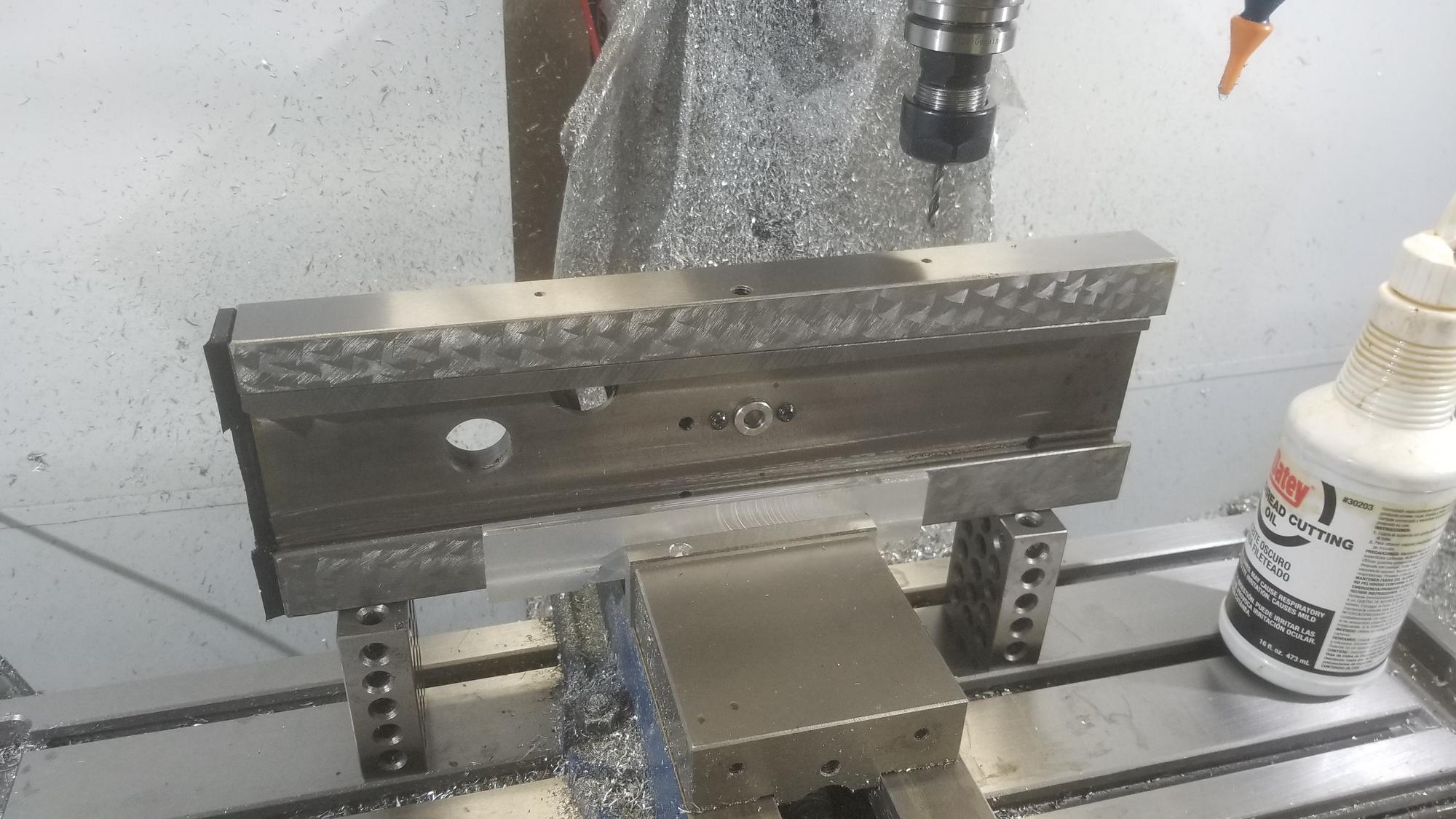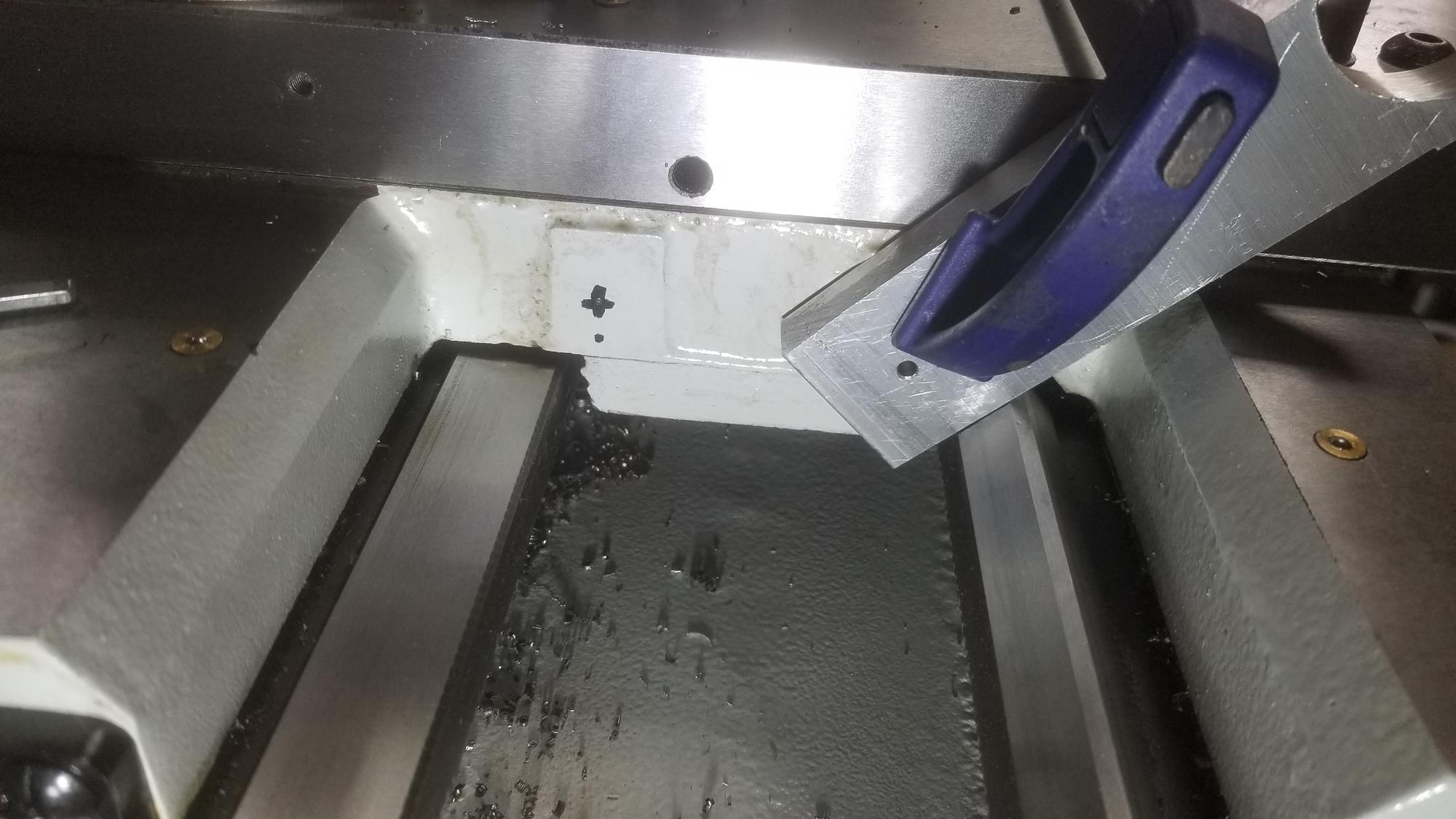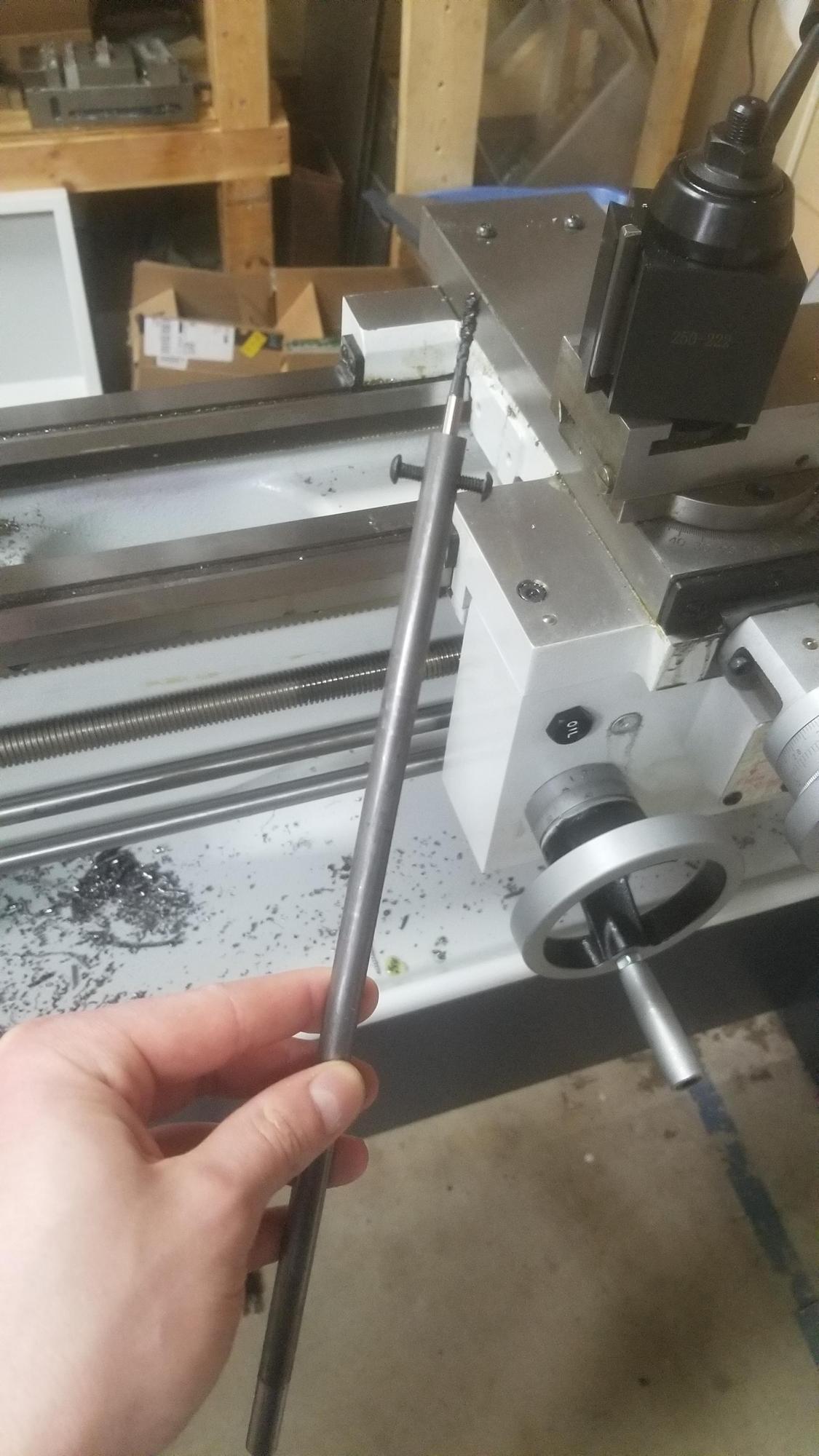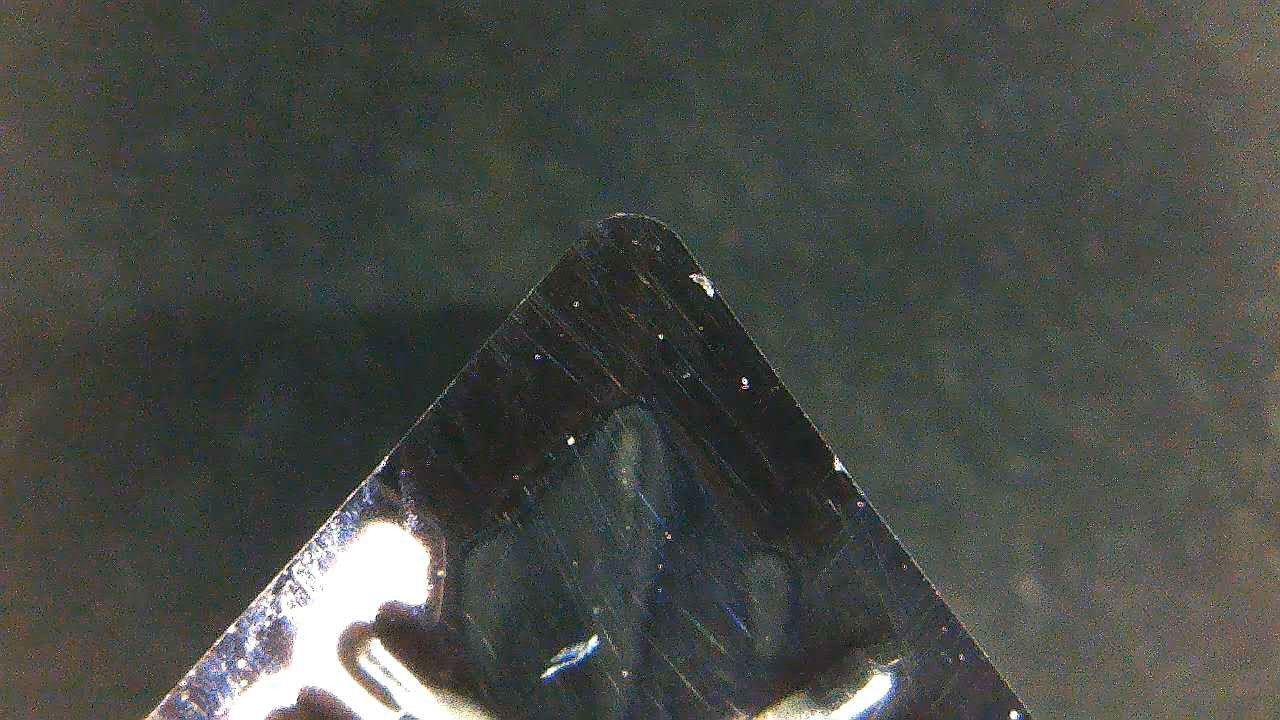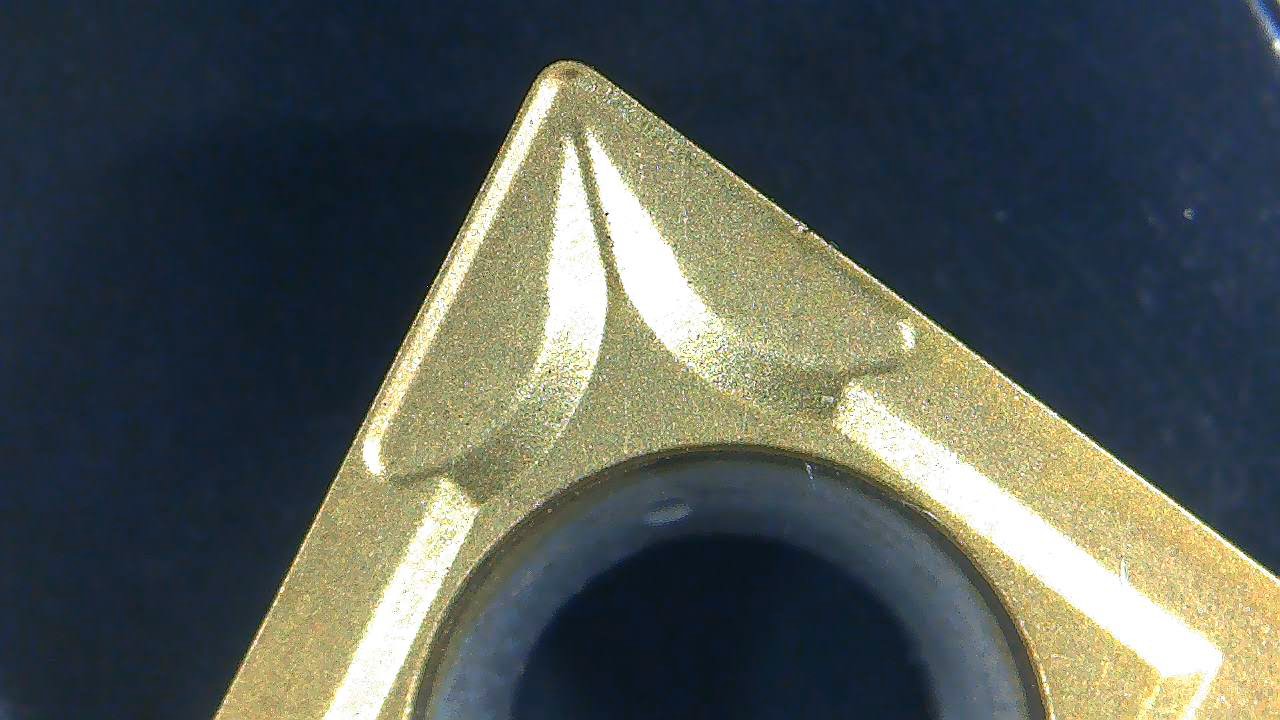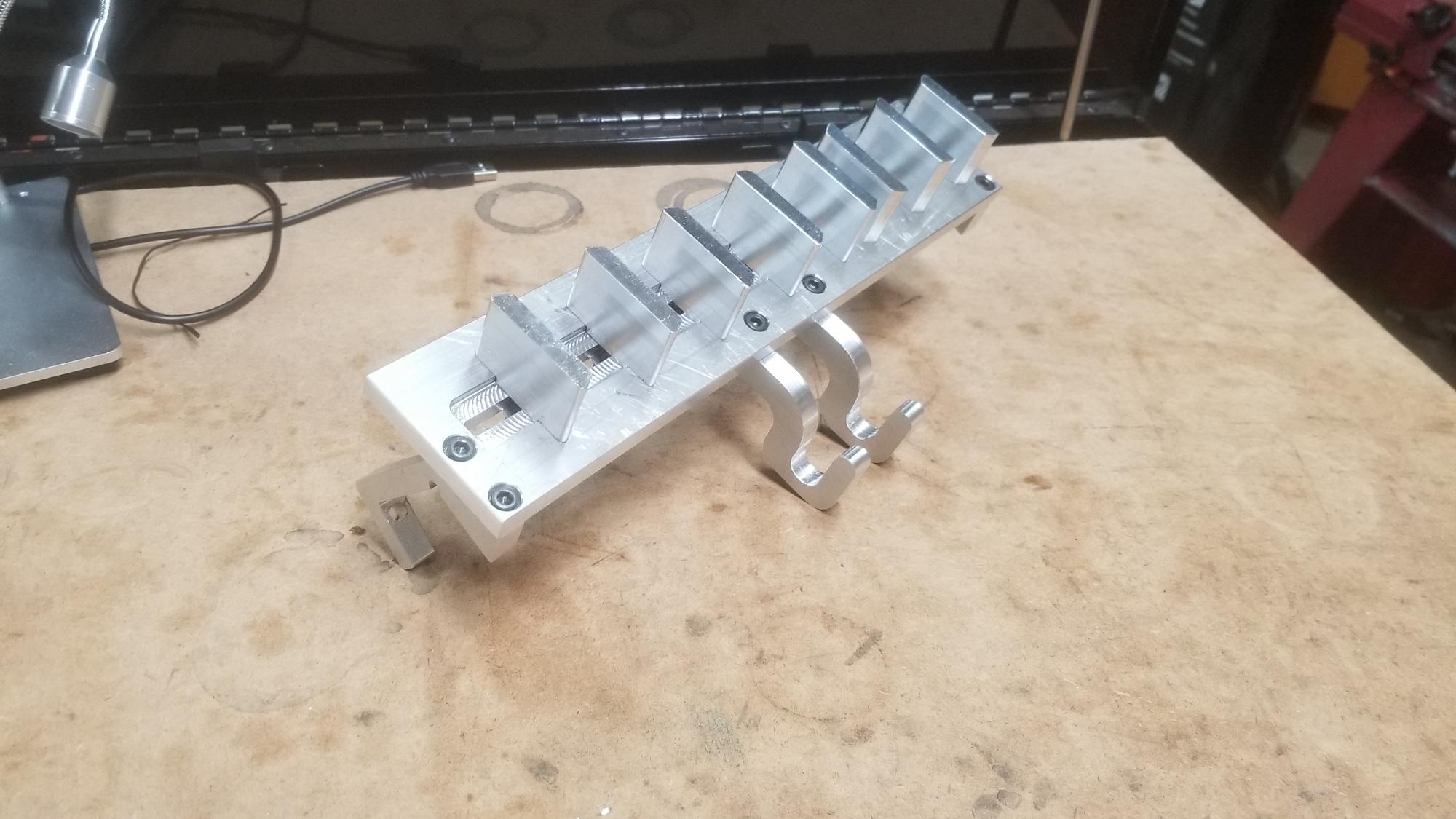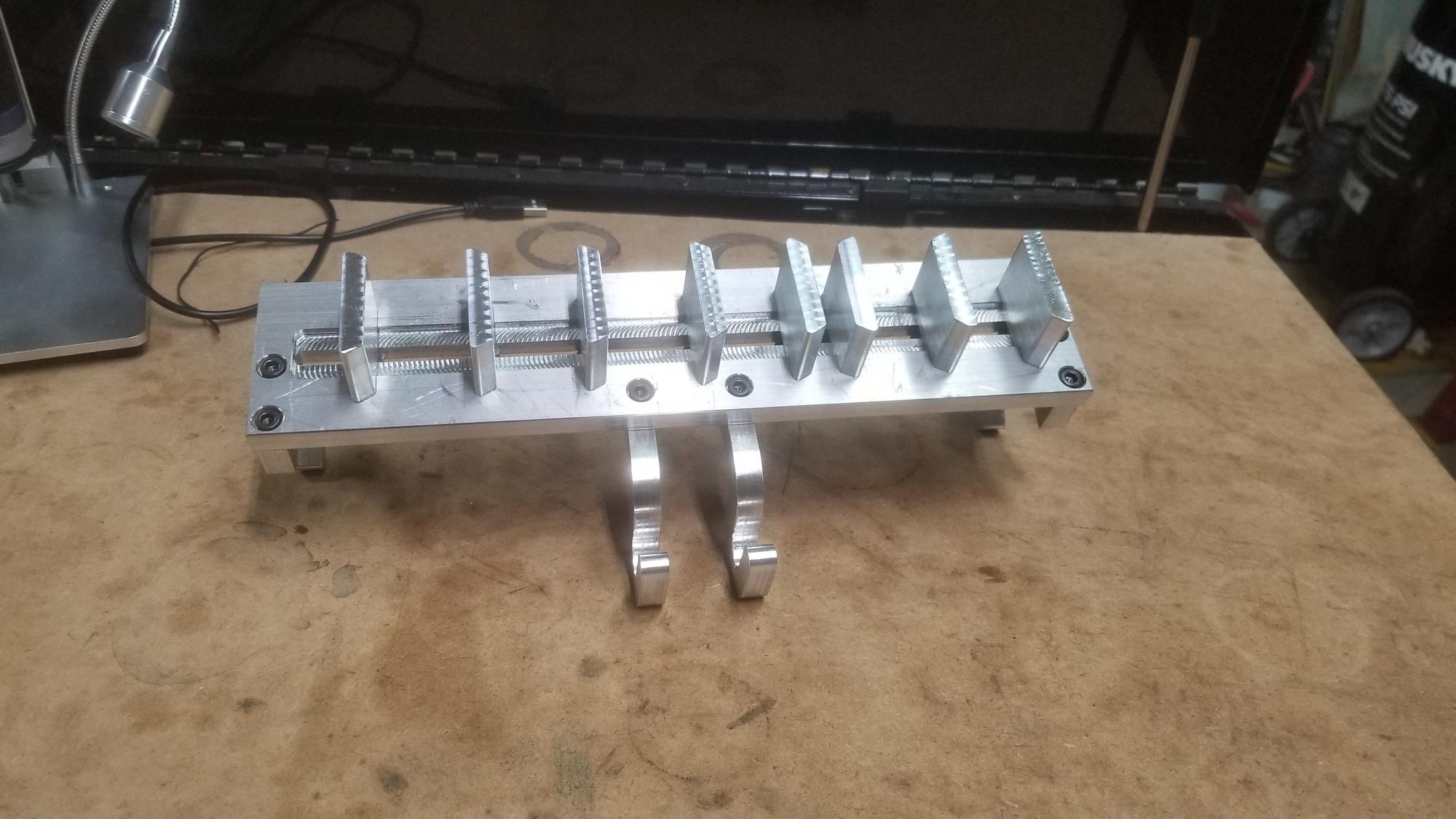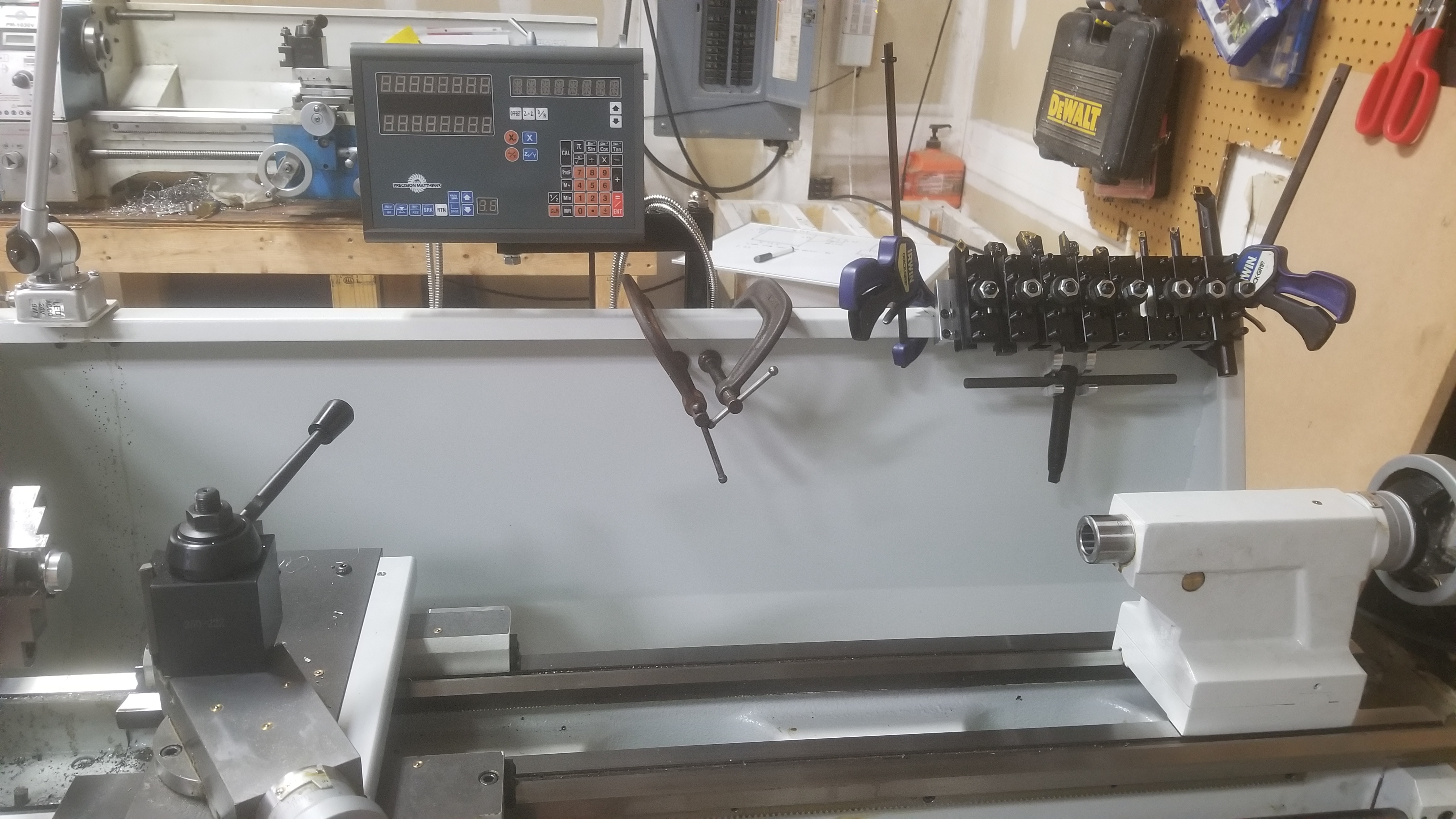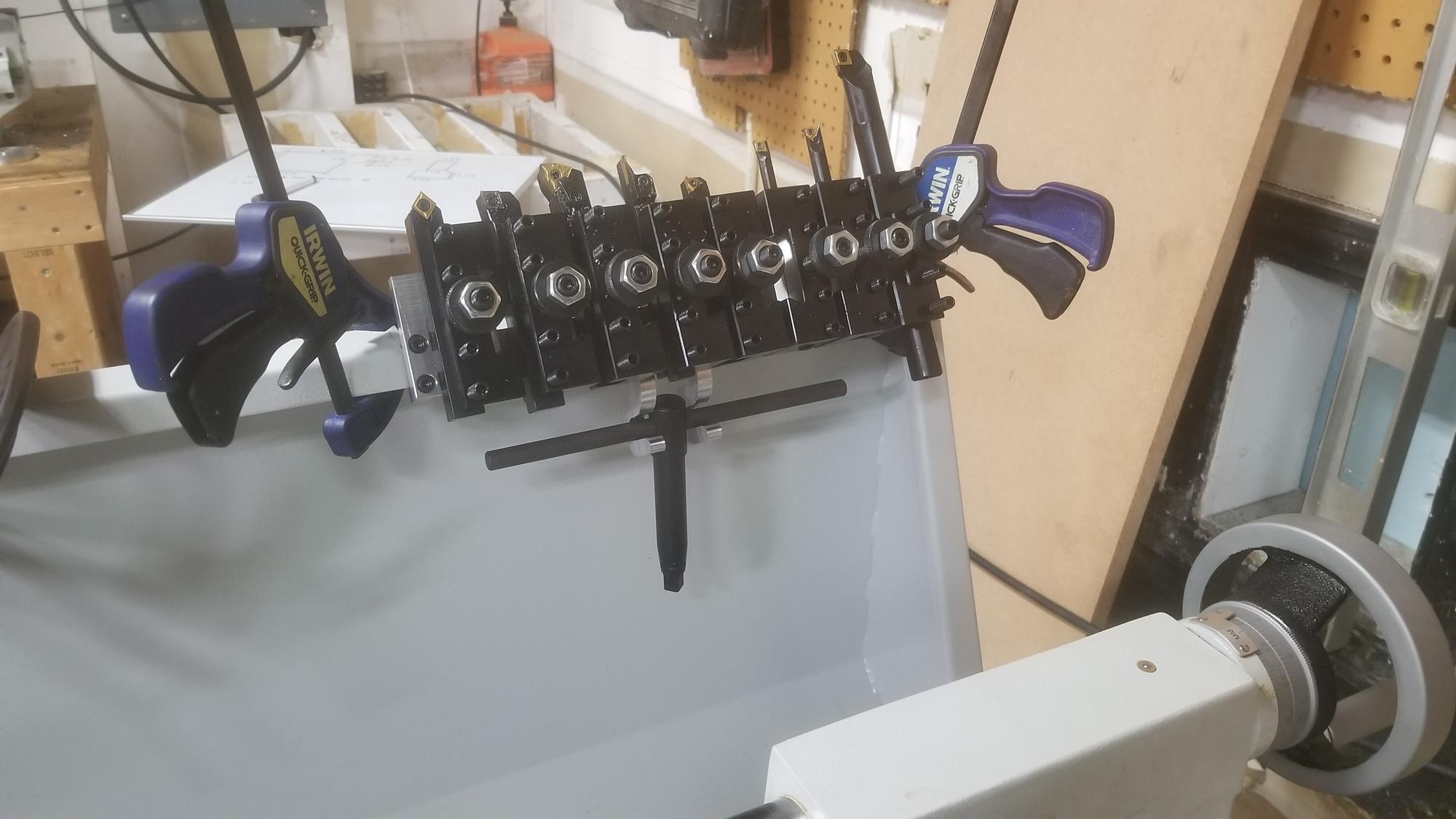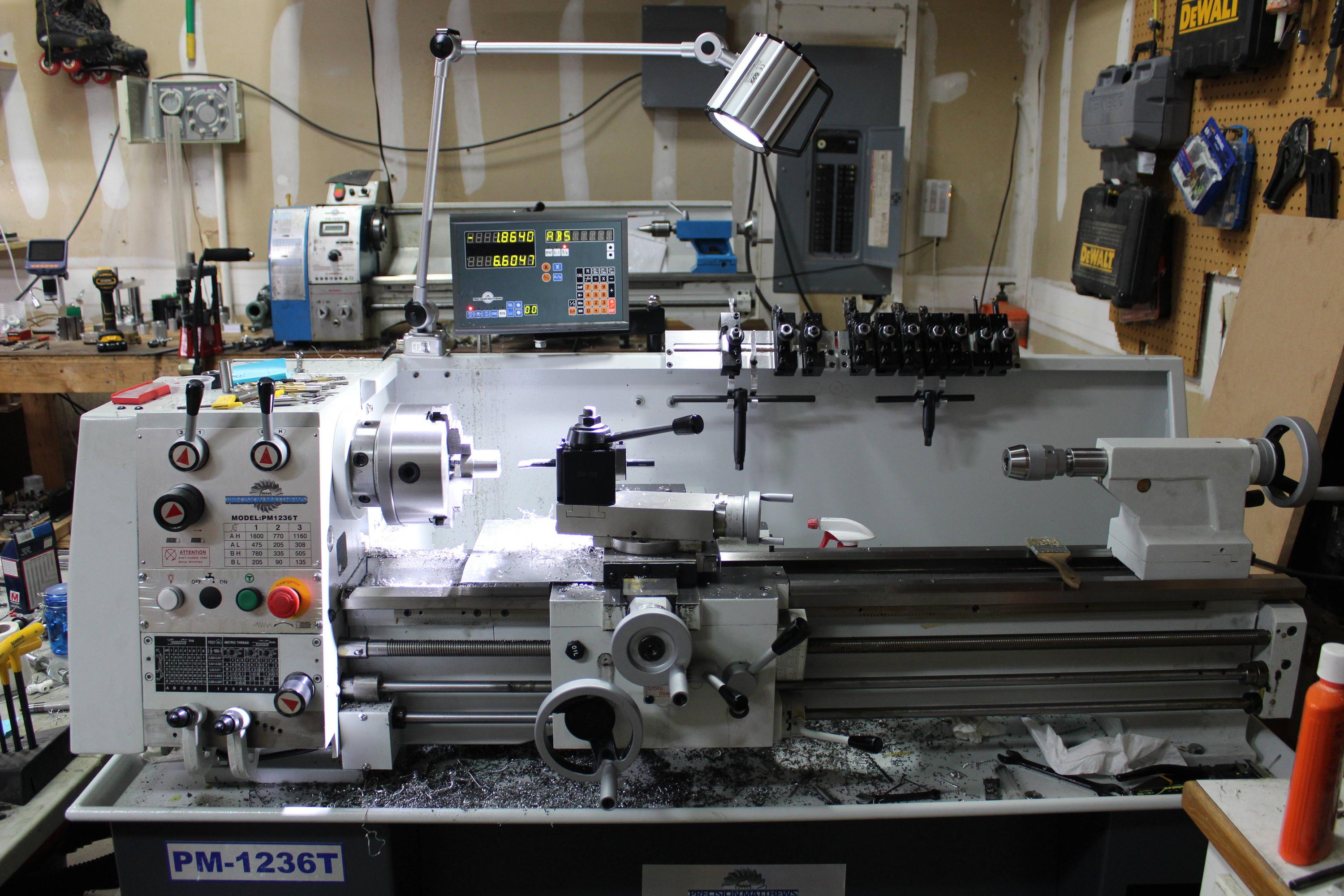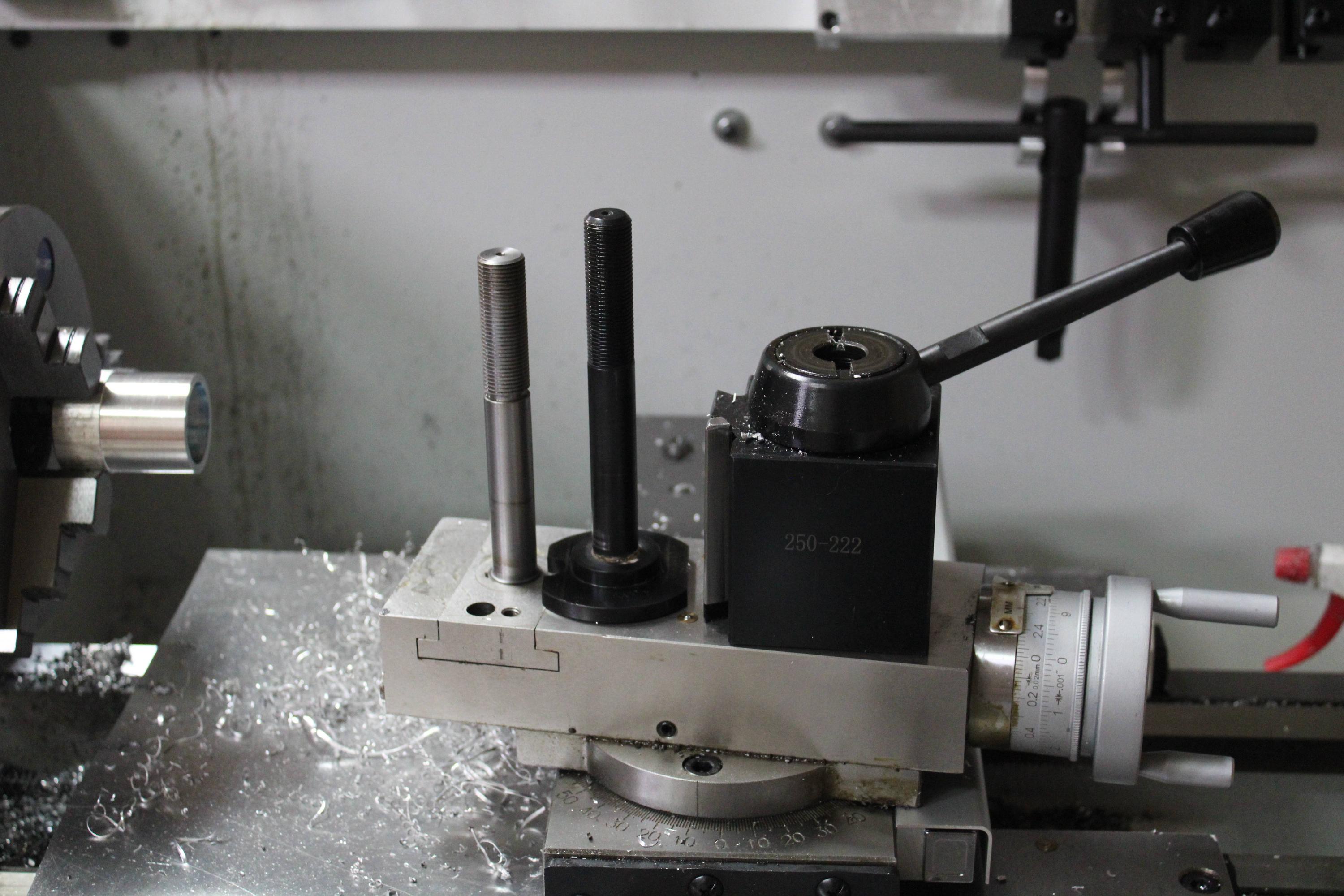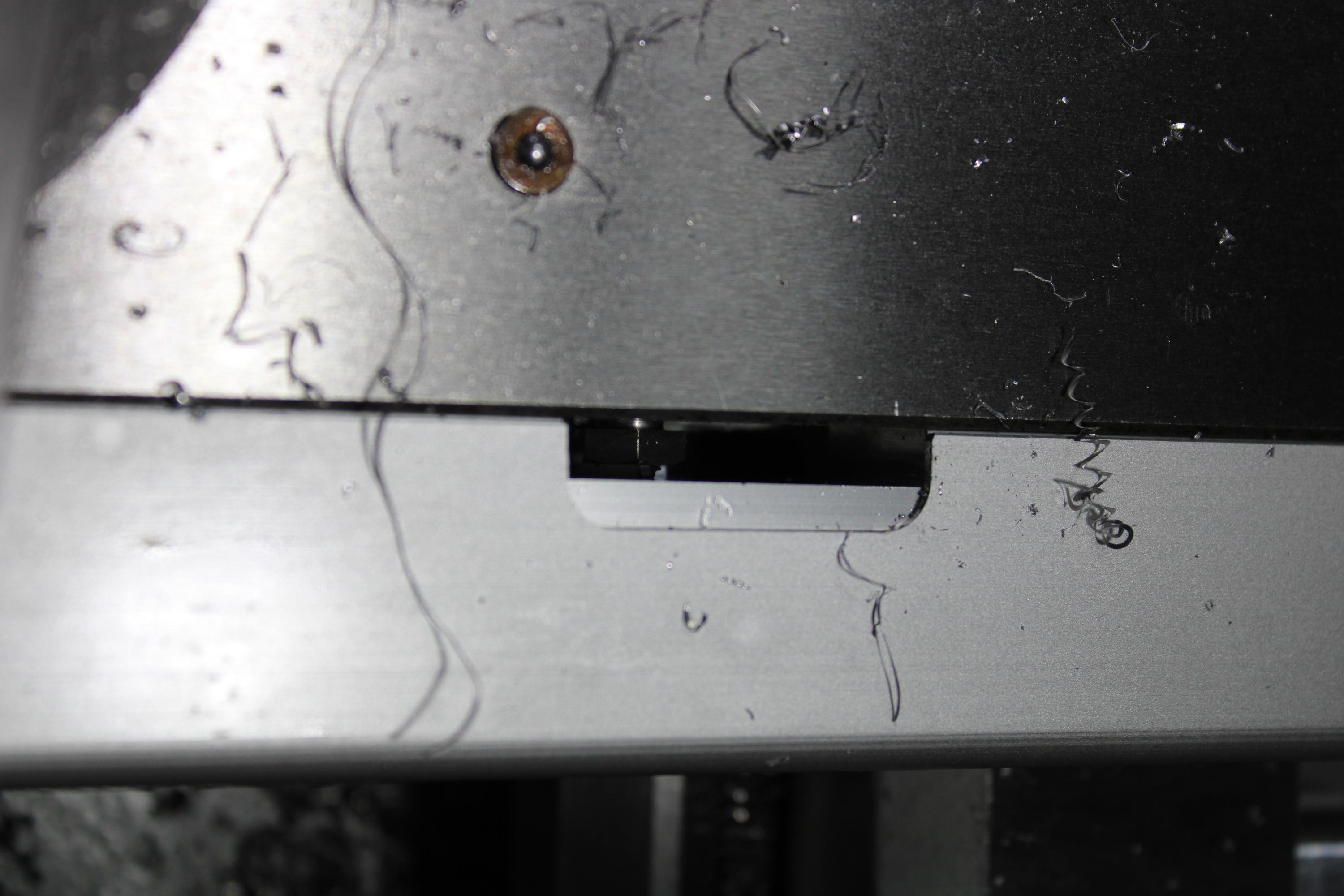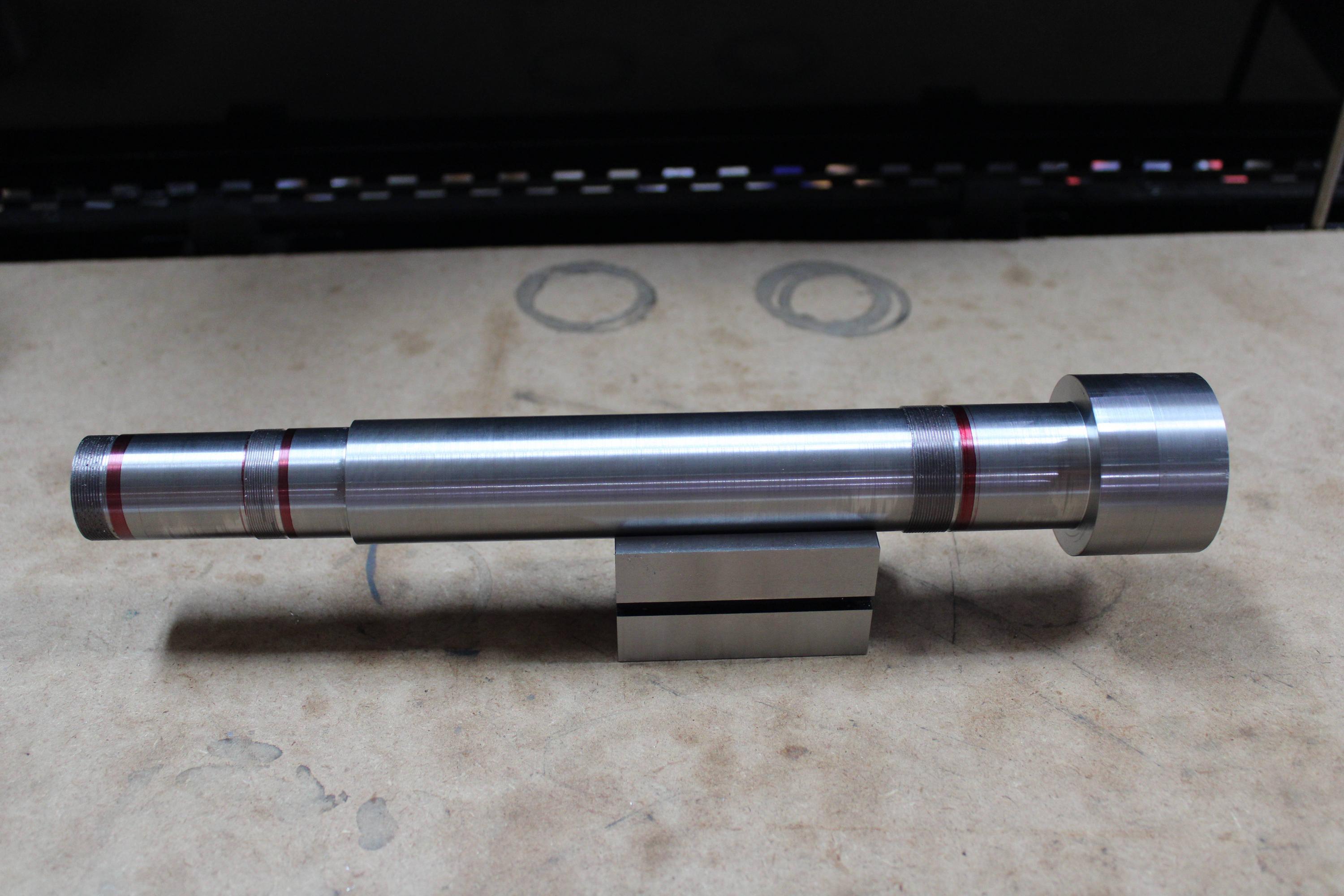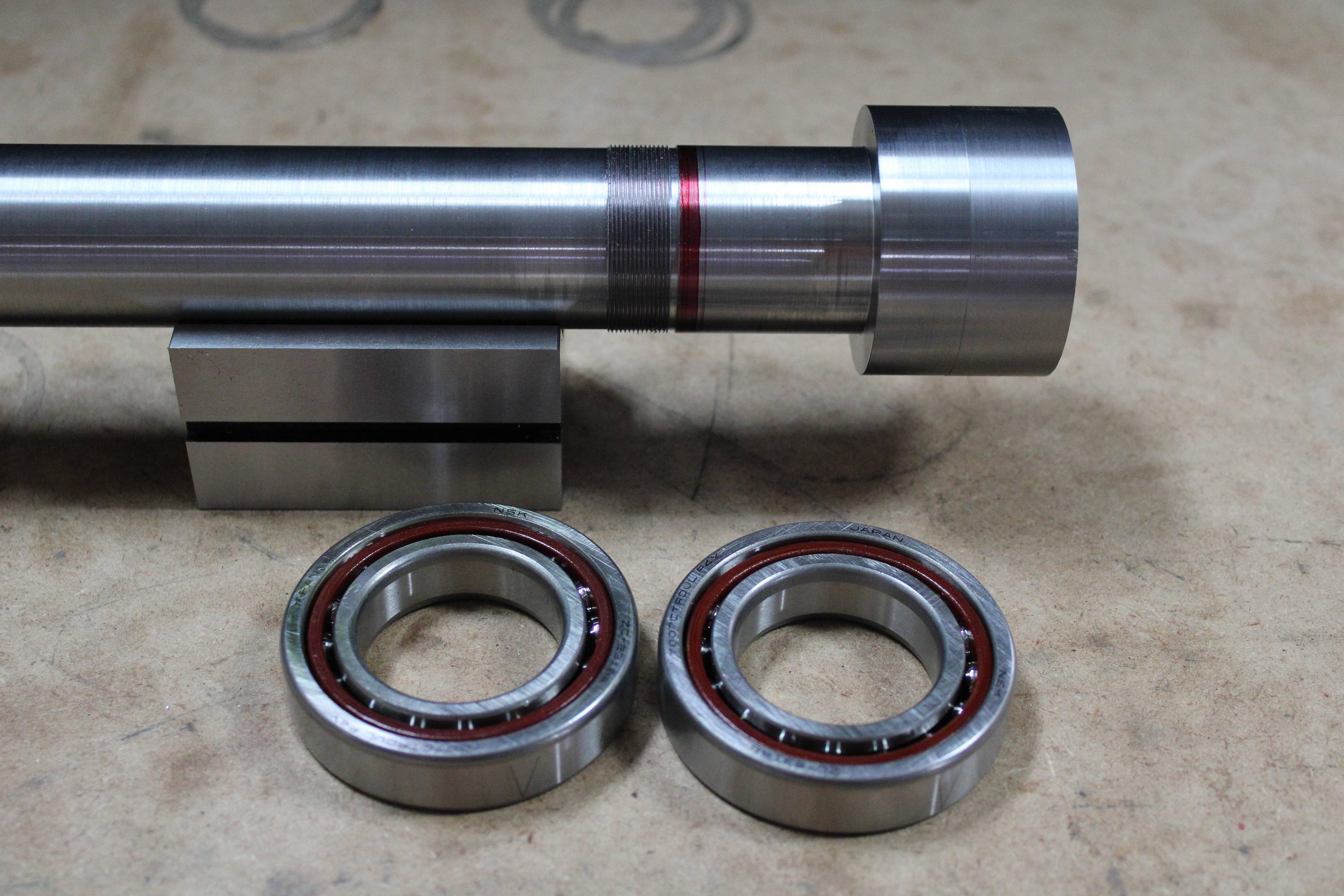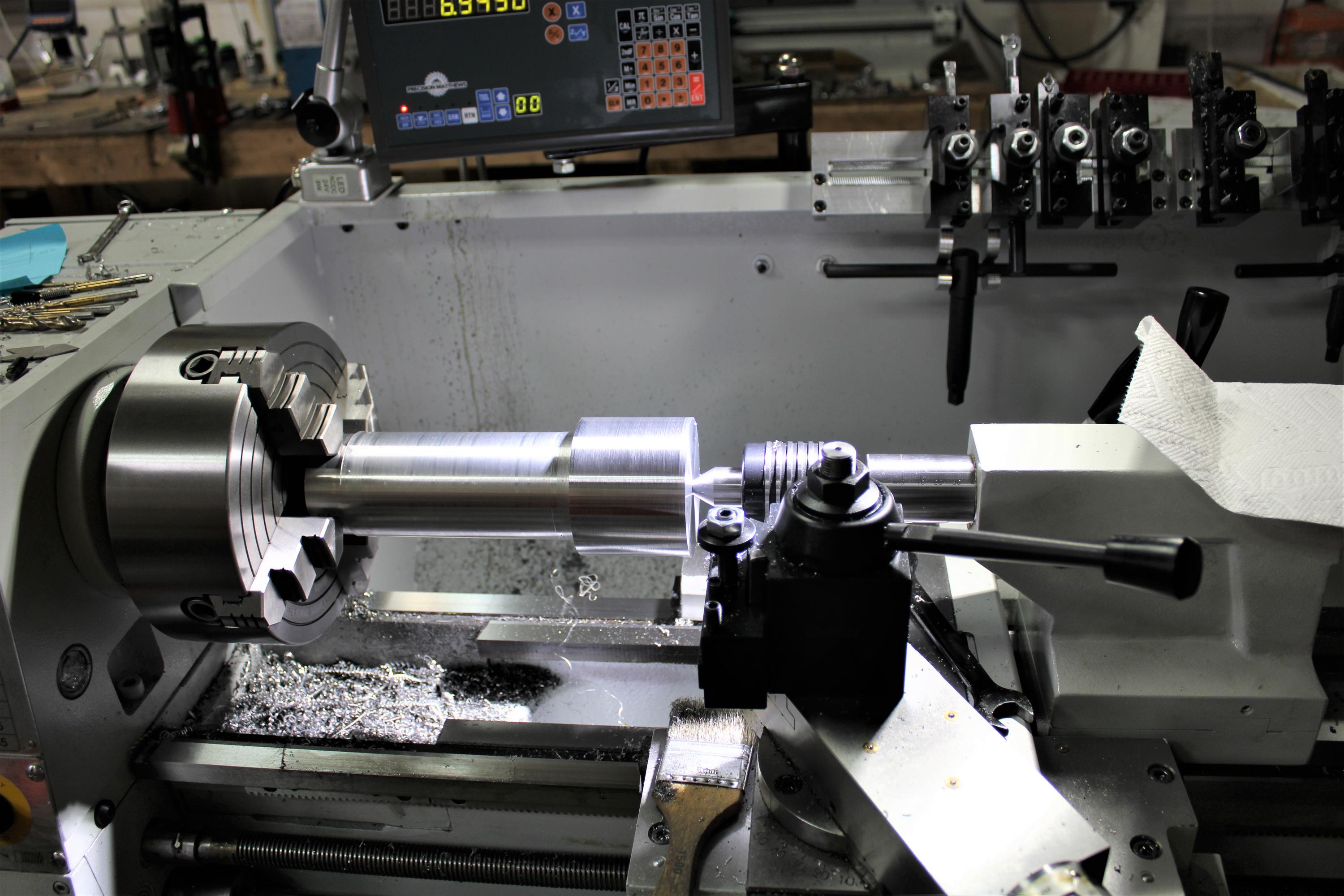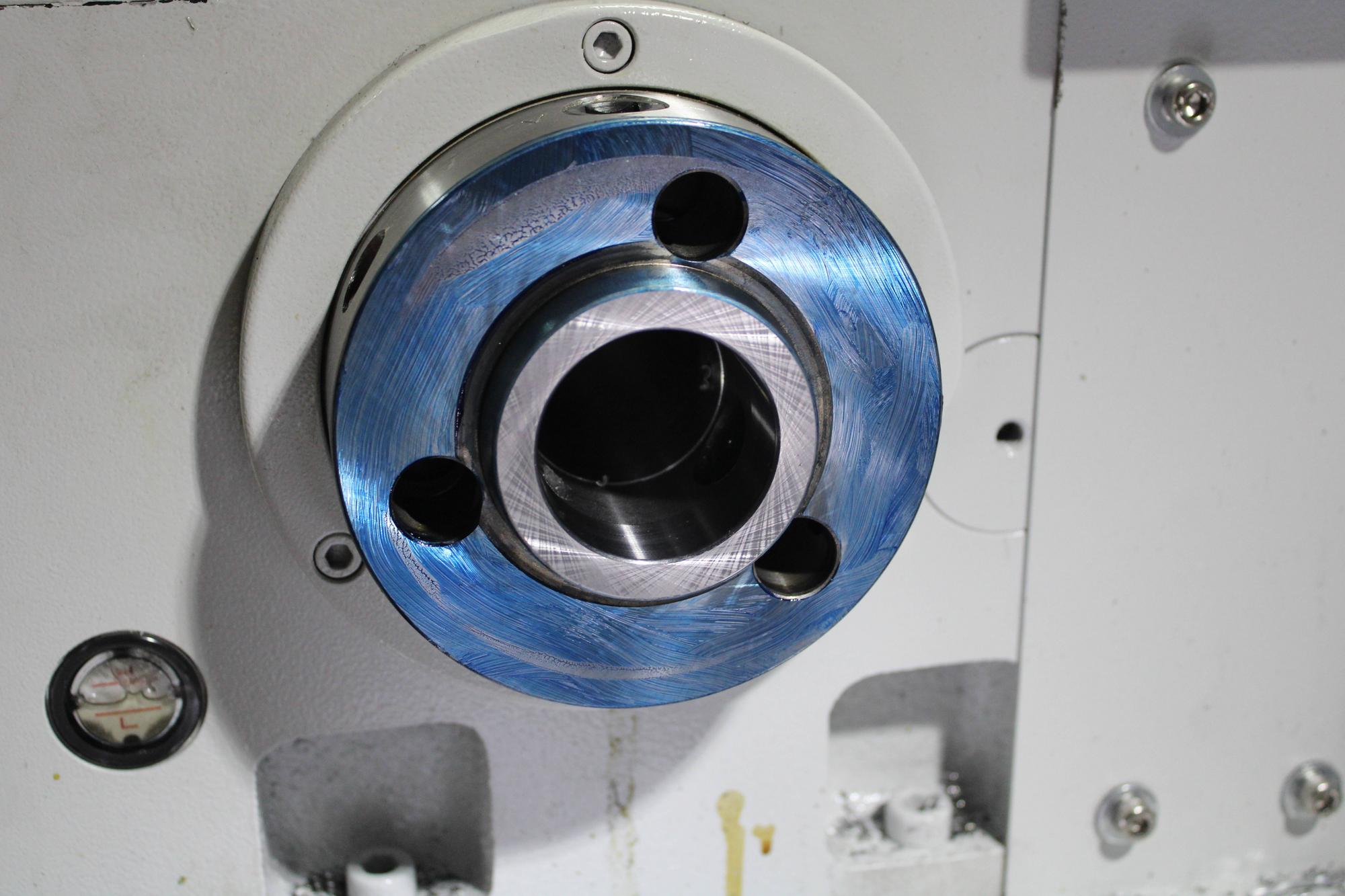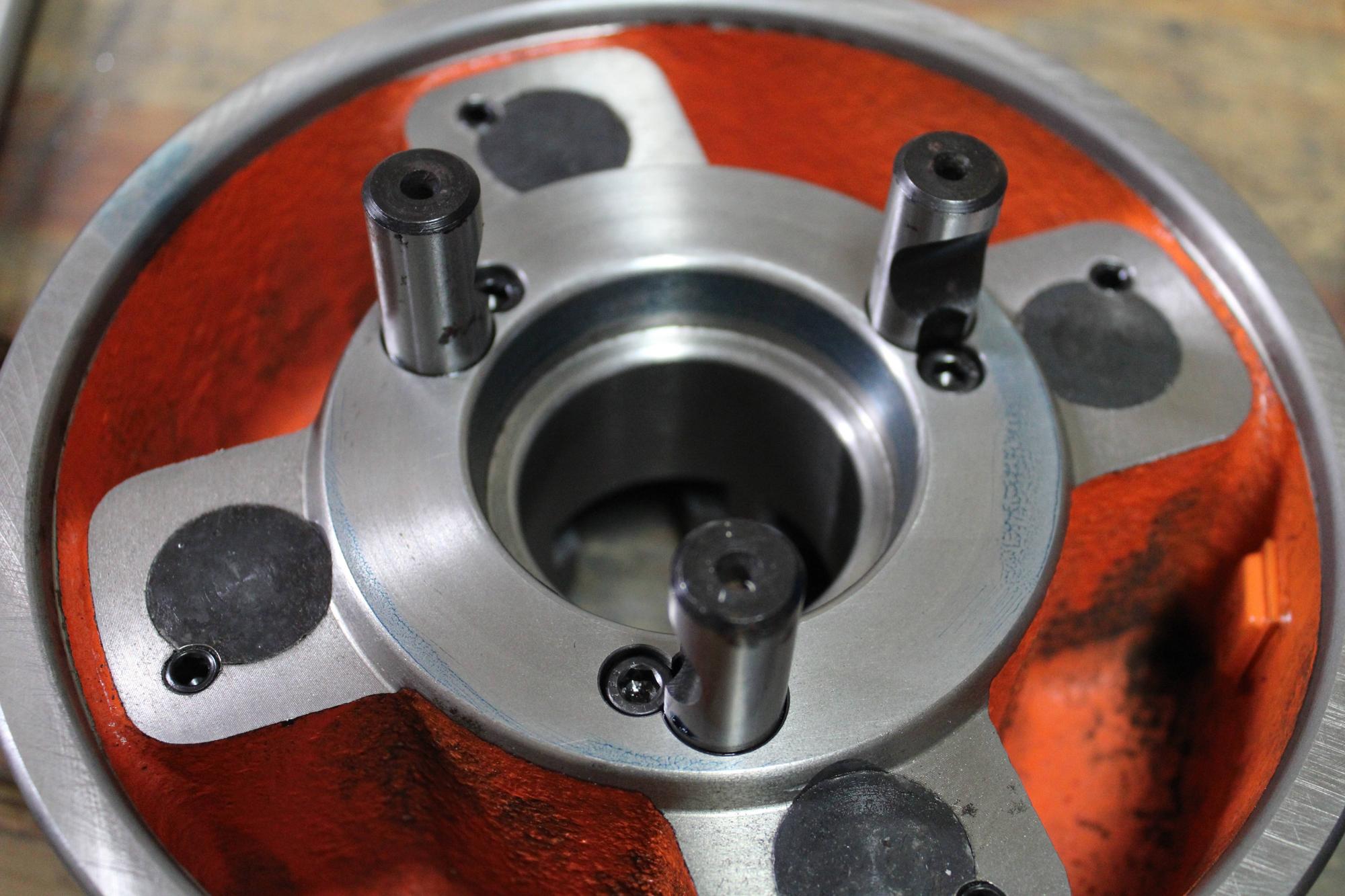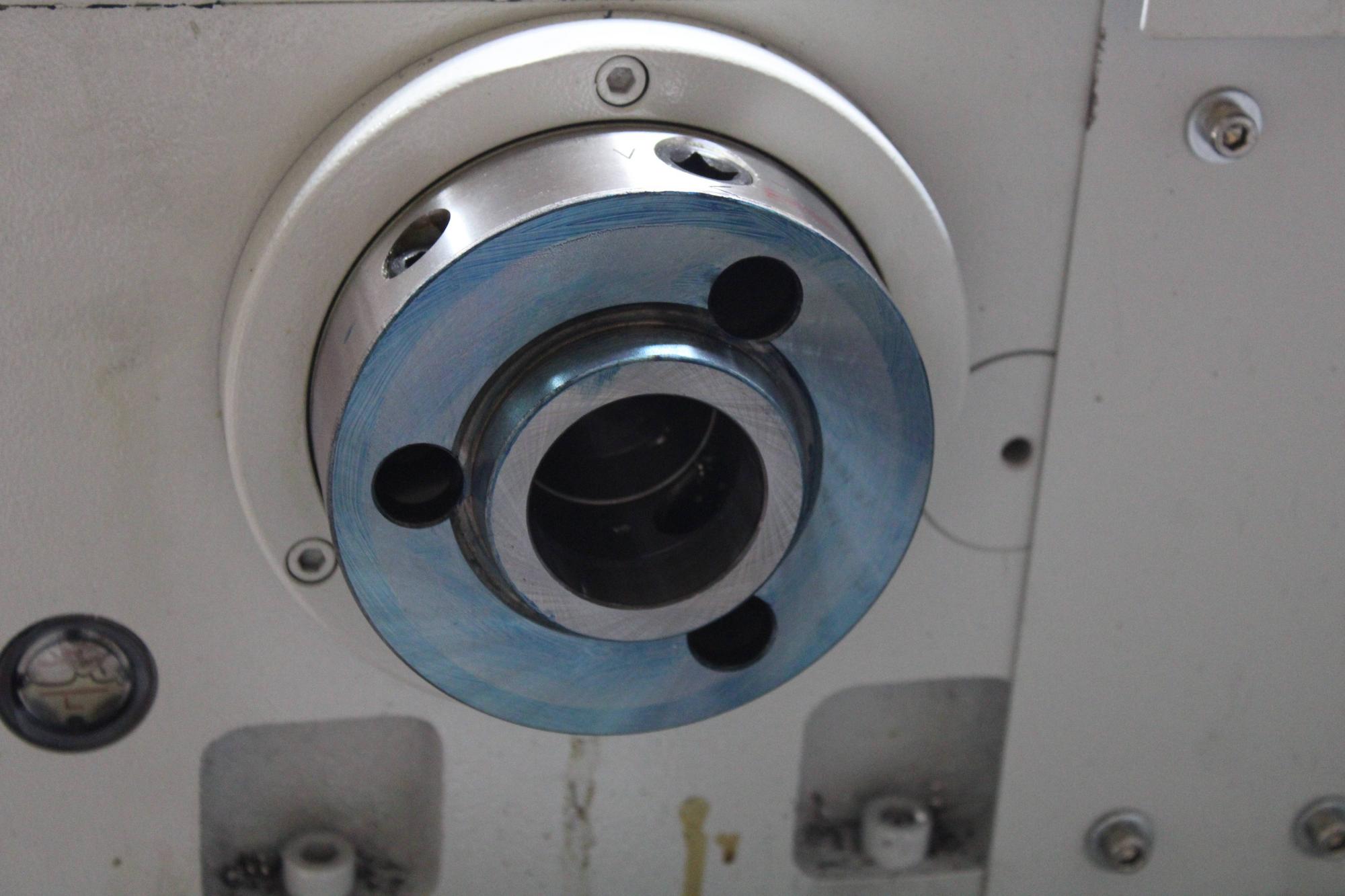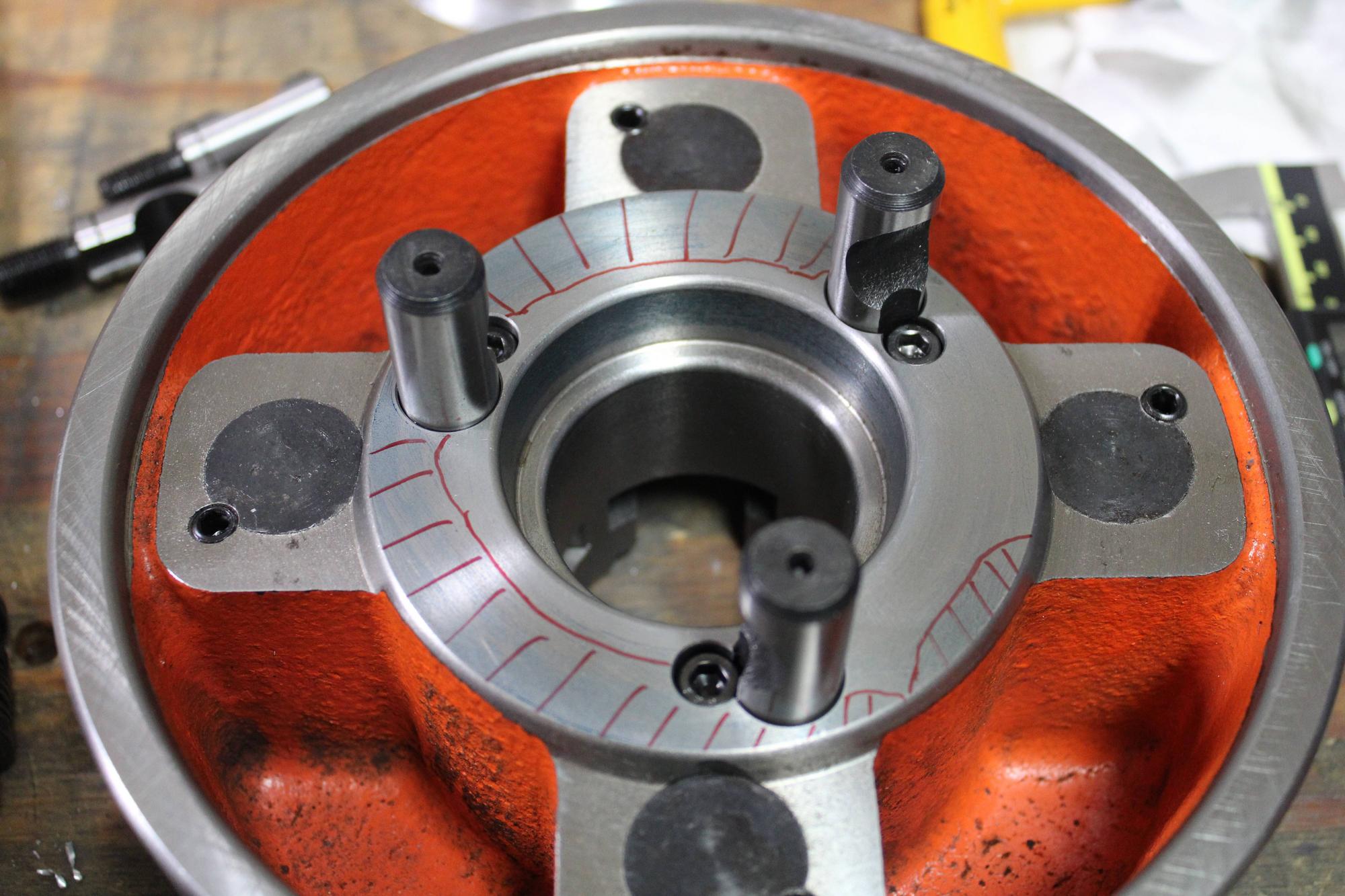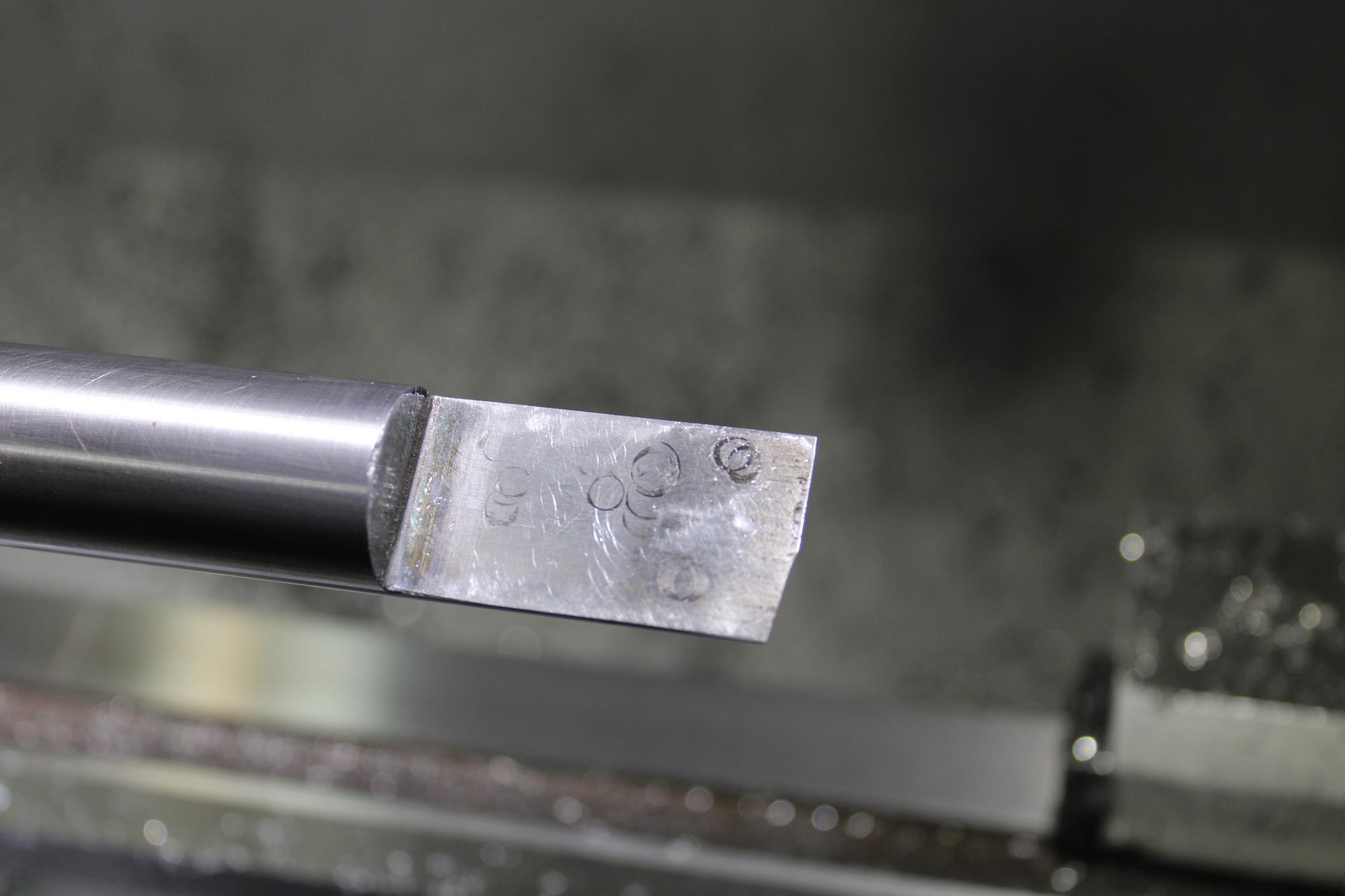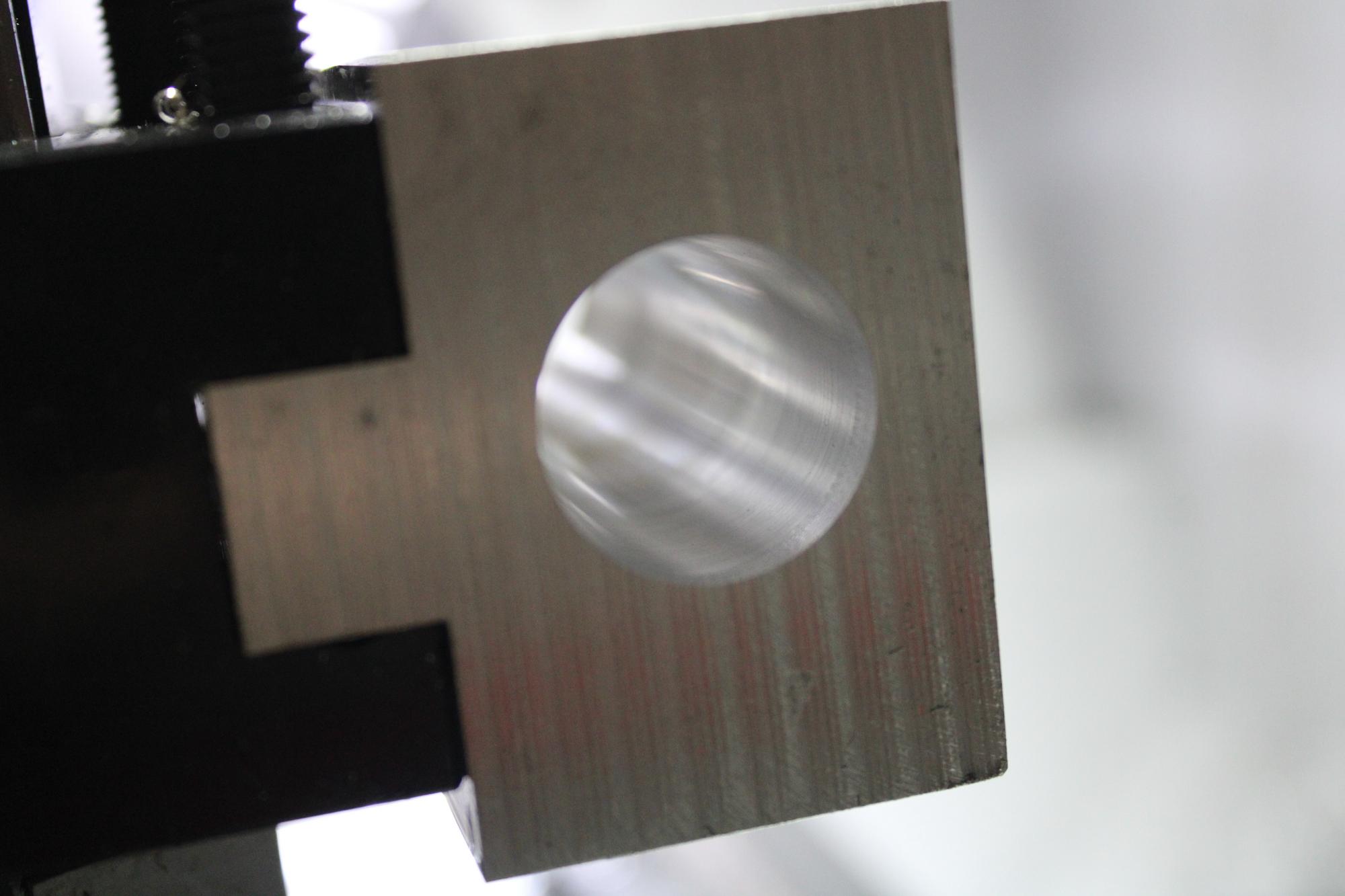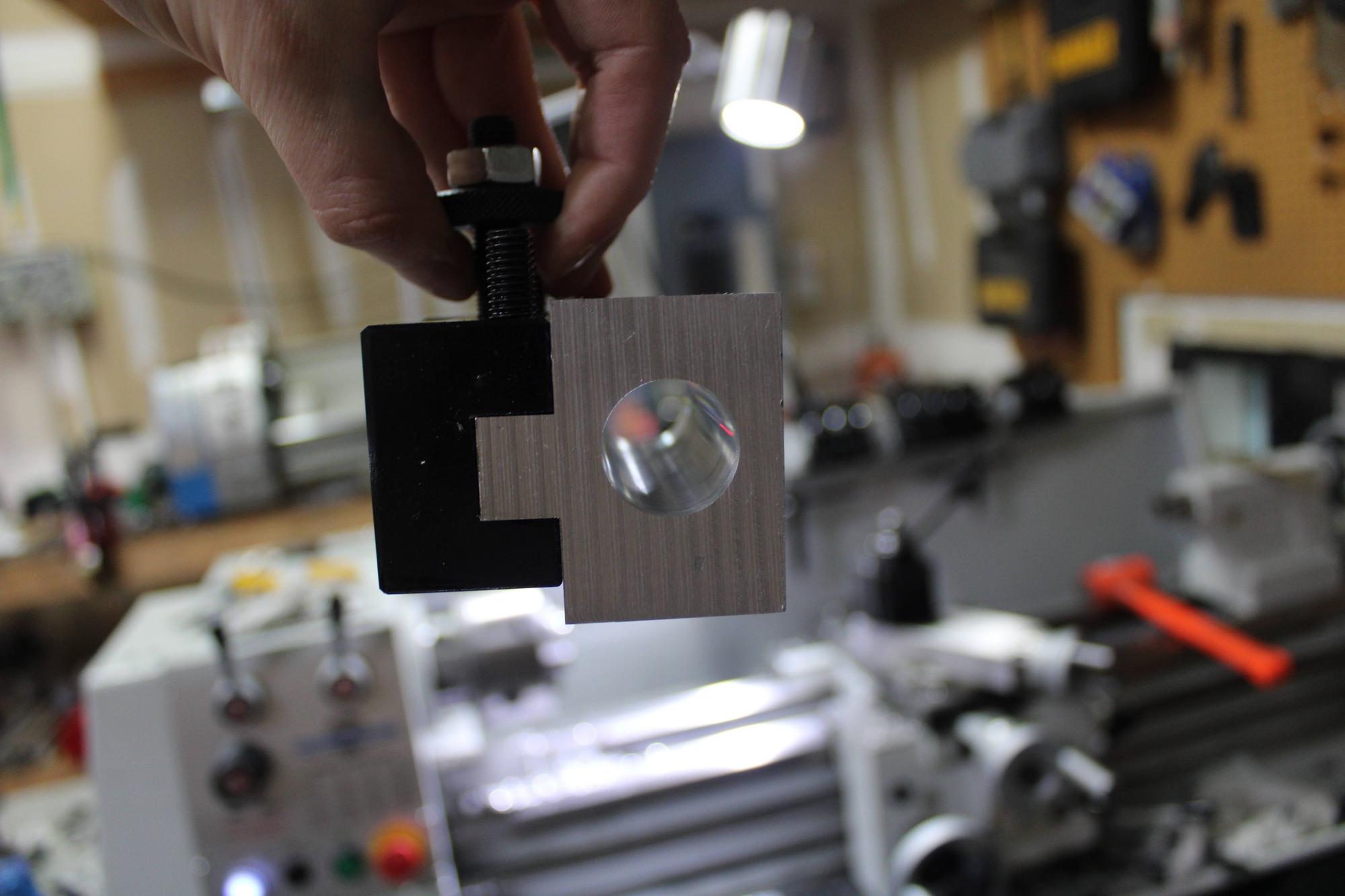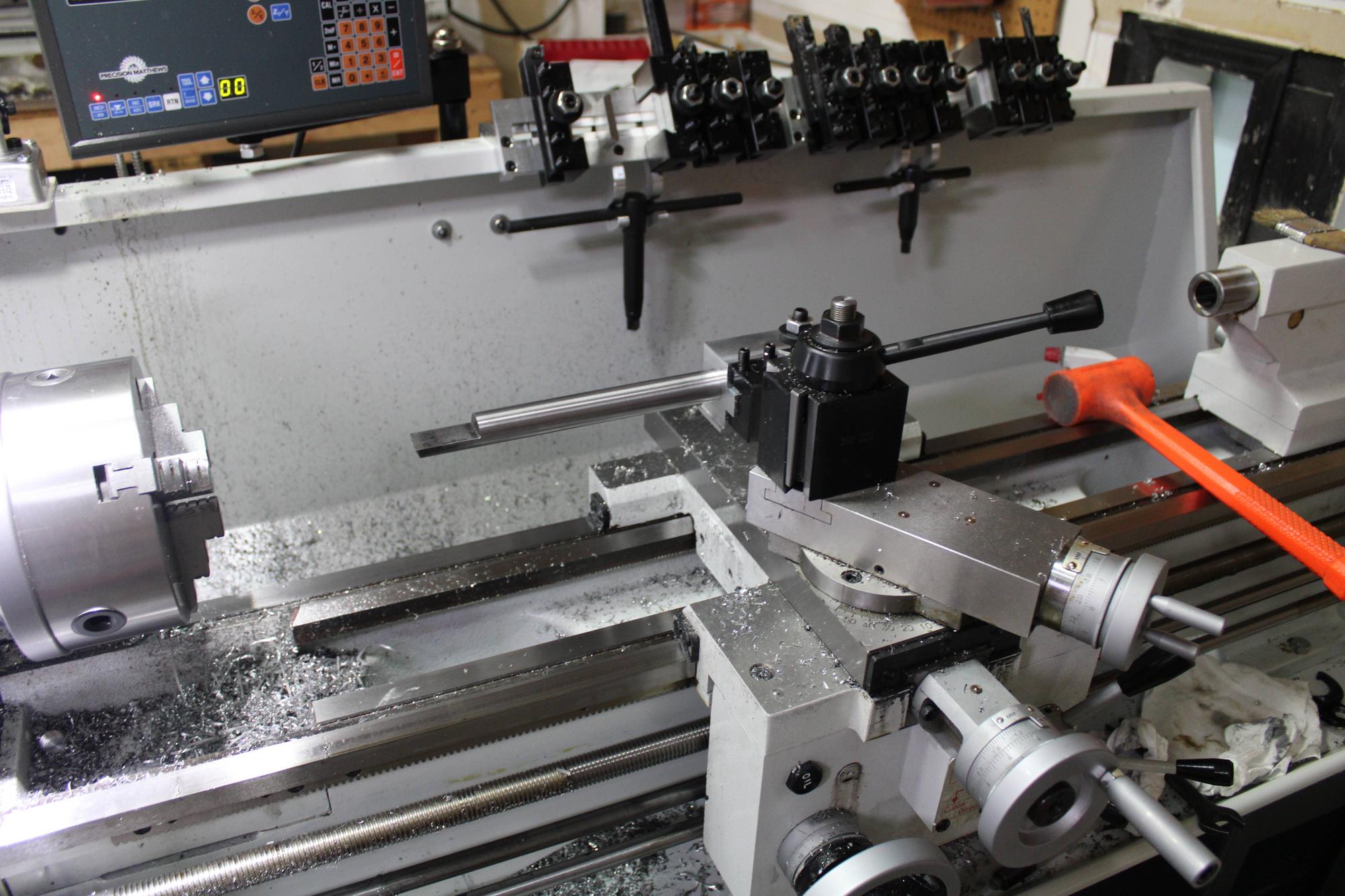I got the DRO delivered on Monday and I am just about finished installing it. It came with a bunch of mounting hardware, but I couldn't figure out how most of it was supposed to be used. I modeled up part of the machine and the scales and made some new mounts that I think will work better.
The guards they included are pretty nice though. The look like they will be very easy to install and very effective. My only gripes about the DRO kit are that there aren't really any install instructions, so you are more or less buying a kit that you still need to figure out how to make work. A few pictures and recommended install practices would have been nice.
Once I had the model and decided how I wanted everything arranged, the install was fairly straight forward. I am not sure what kind of alignment tolerances are needed, but the Z scale was straight within about .005" and the X is around .001. Its tough to tell if there is any twist or anything, but I think they are close enough.
I pulled the cross slide off and stuck it in the mill to drill and tap the holes for mounting the scale. It came off very easily, just one screw and slide it off! In the mill, I used 1-2-3 blocks to hold it up and lightly clamped it with the vise. I used a piece of scrap aluminum to try to protect the ways. This was very straightforward and everything went fine!
It looks like it has a steel insert where the screw goes to attach it to the lead nut. That seemed like a nice touch to me. Also, I am no expert on scraping, but these ways seemed to have the scraping done a little bit deep.
Getting the carriage drilled and tapped was a bit more difficult just because there was no room and I couldn't reach it. I had to make a quick drill extension and drill guide, then convert it into a tap extension. Once those were done, it went surprisingly well and the holes lined up just as they should.
I have had a cheap DRO on my mini mill before and the difference that it made makes me really excited to give this one a try.
The Z axis gave me slightly more trouble, but again, not much. There are 2 raised portions along the side of the bed that look like they are there for mounting a DRO, but the DRO scales were not long enough to reach them. If I went to the left of the rear raised area, it would run into the splash guard mounting. If I went to the right of it, it would be mounting into the gap bed portion. The solution was just 2 little brackets that allow the scales to screw into a nut that slides in a slot on the bracket while the bracket screws into the bed directly. The 2 aluminum pieces that attach to the cairrage allow for vertical and horizontal adjustment. The brackets at the ends of the scale allow for adjustment as well. These combined made it rather easy to align once I had the holes drilled and tapped.
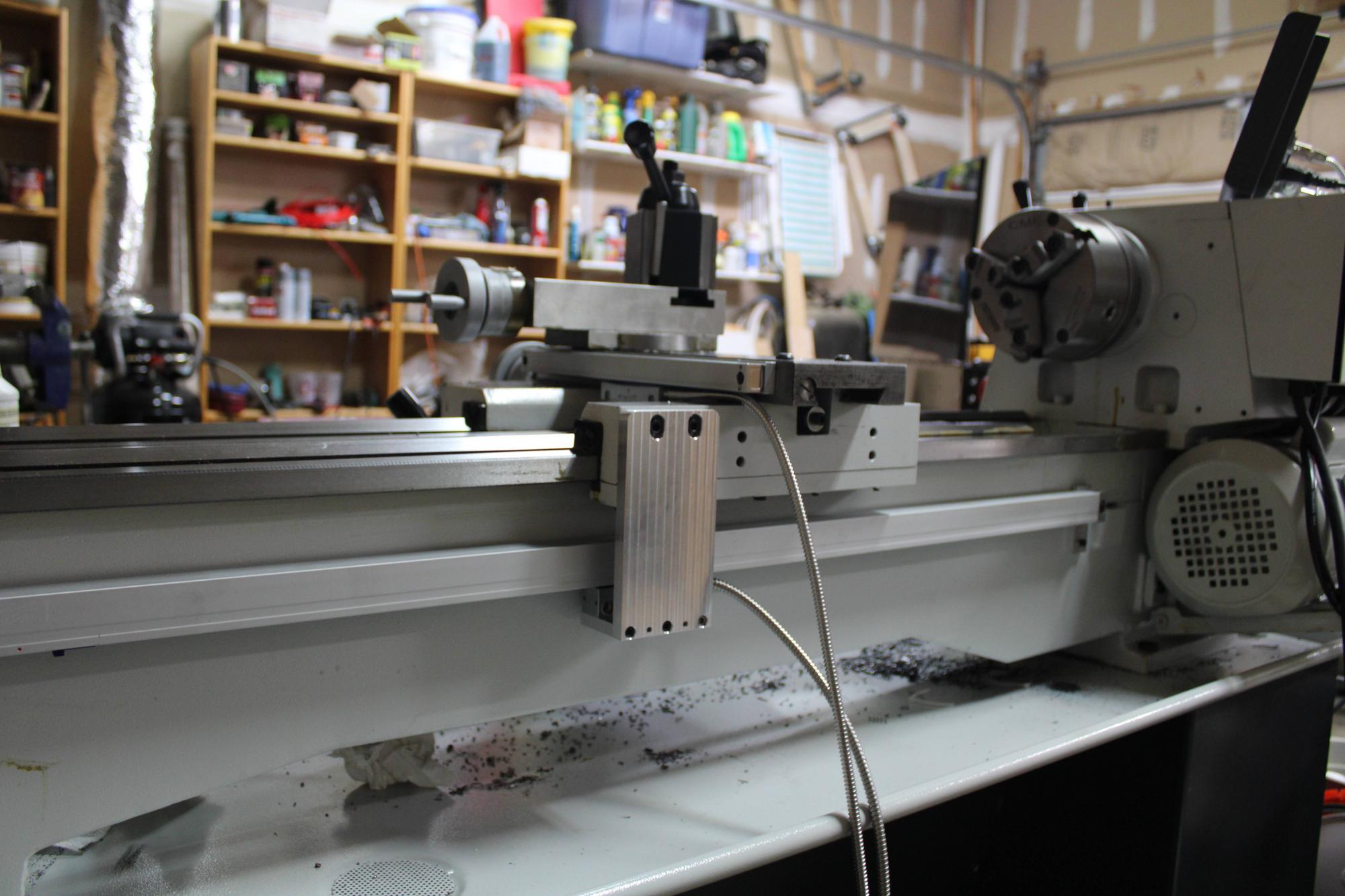
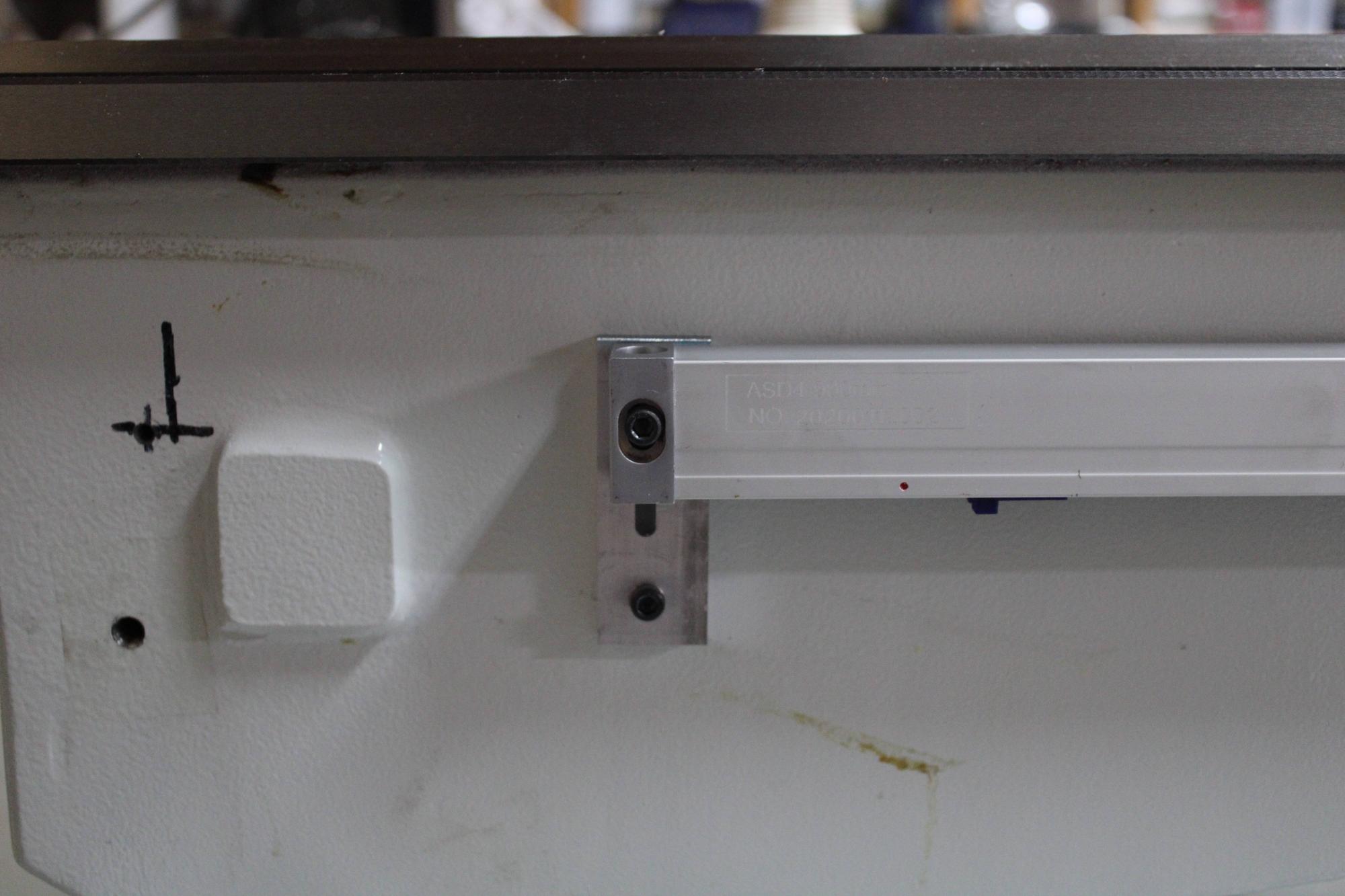
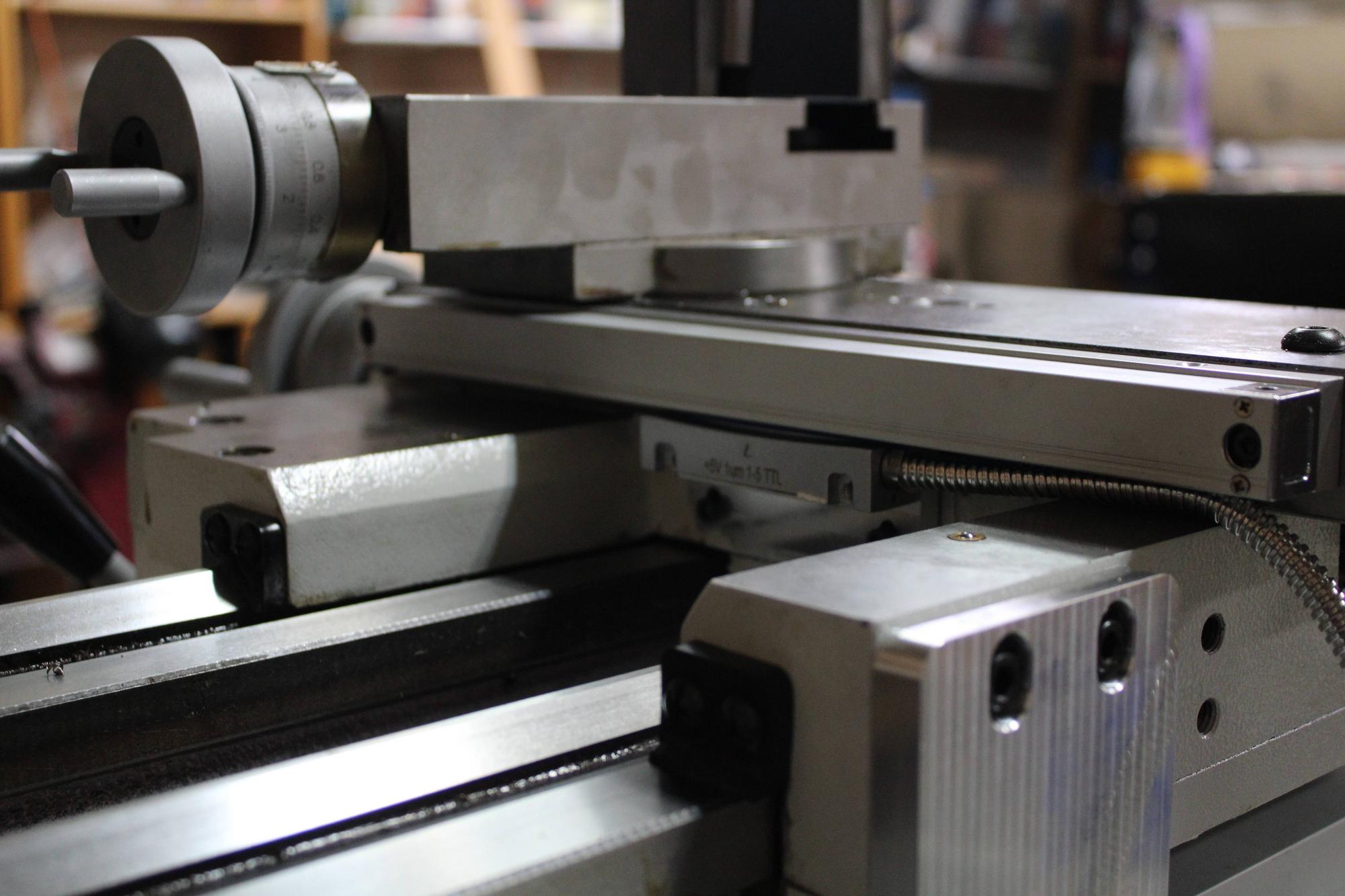
All that is left is to mount up the display, mount the guards, and secure the wires. Speaking of which, these cables with their metal cases are awesome! I need to figure out where to get them because they would be great for a number of other things.
I also got their BXA insert kit and I am very happy with the quality. The tools have a great finish (Smooth finish rather than the chalky finish you often see) and when you tighten the inserts into place, you can feel it forcing them into the pocket the way they are supposed to.
I had a look at the inserts under the microscope and they were looking good! The radius on the aluminum cutting insert looks like it will make an excellent finish.
